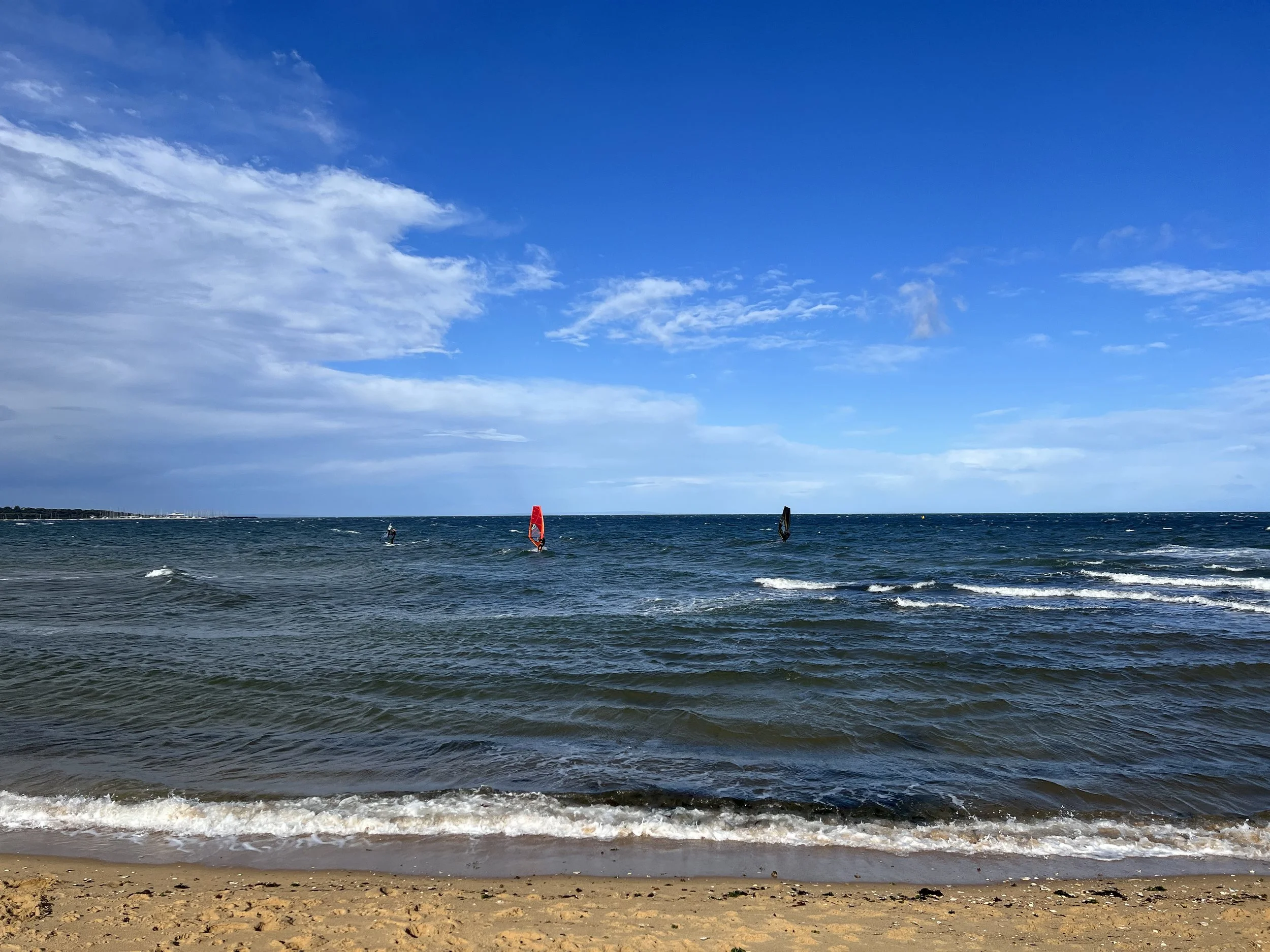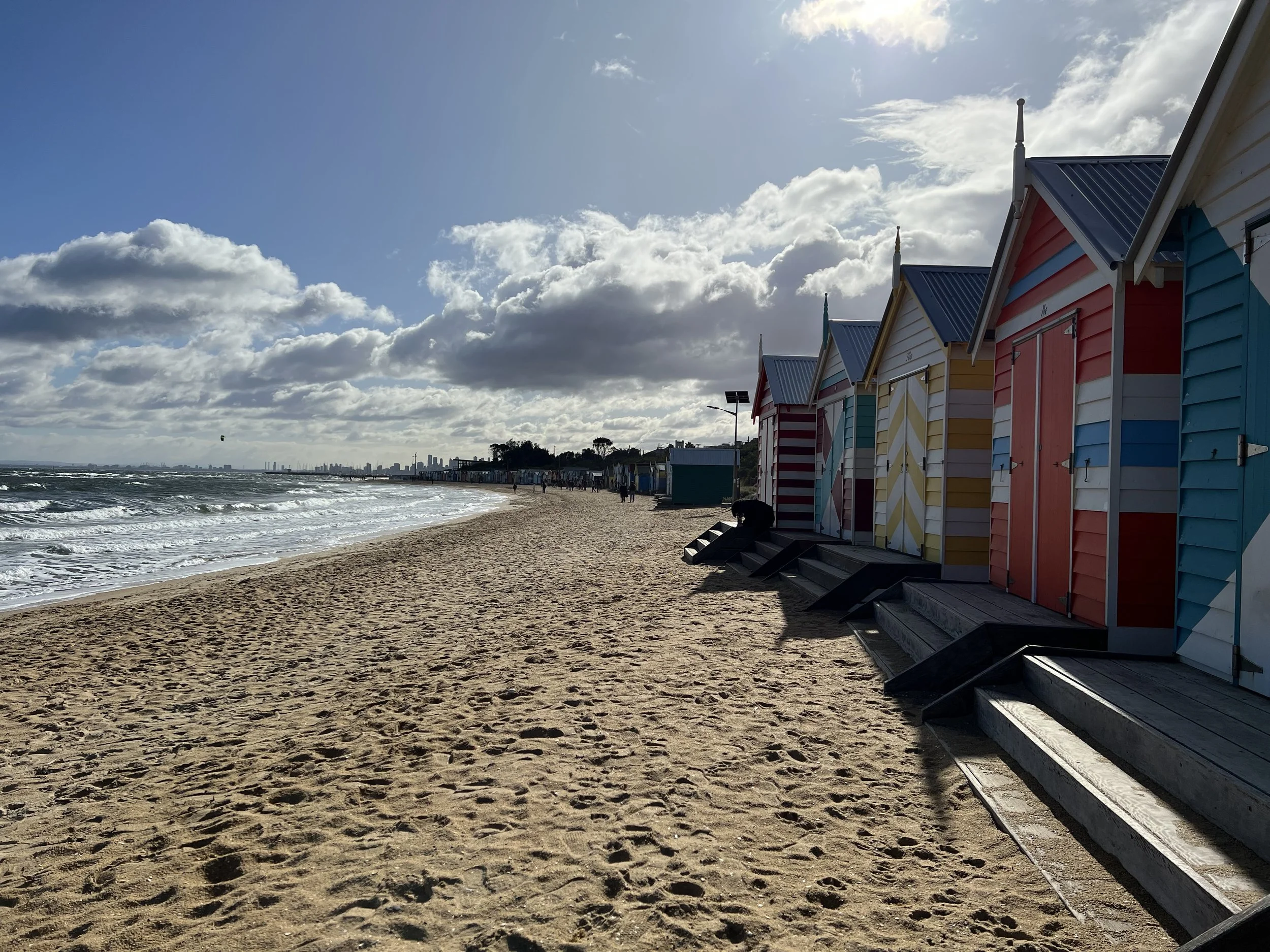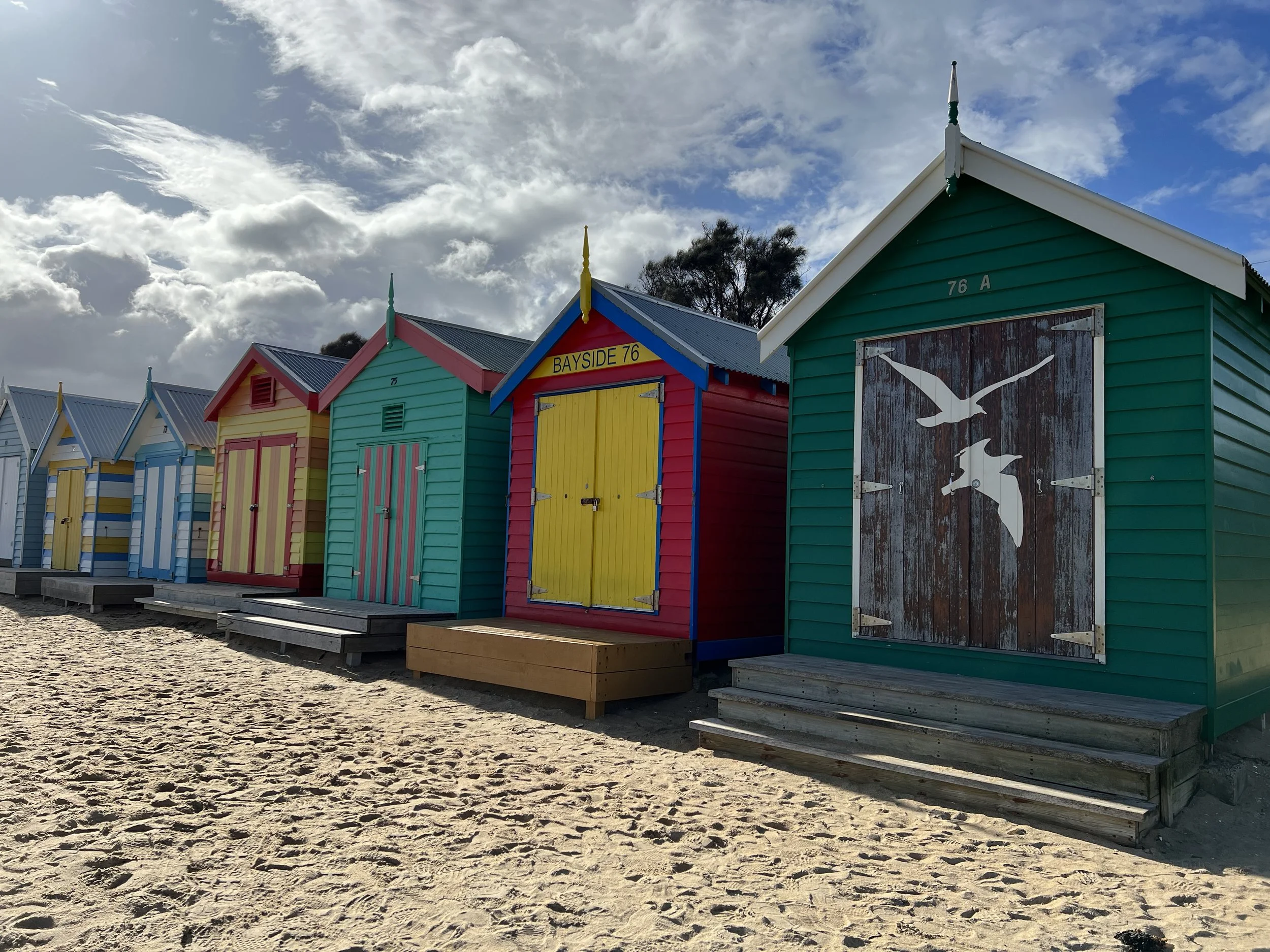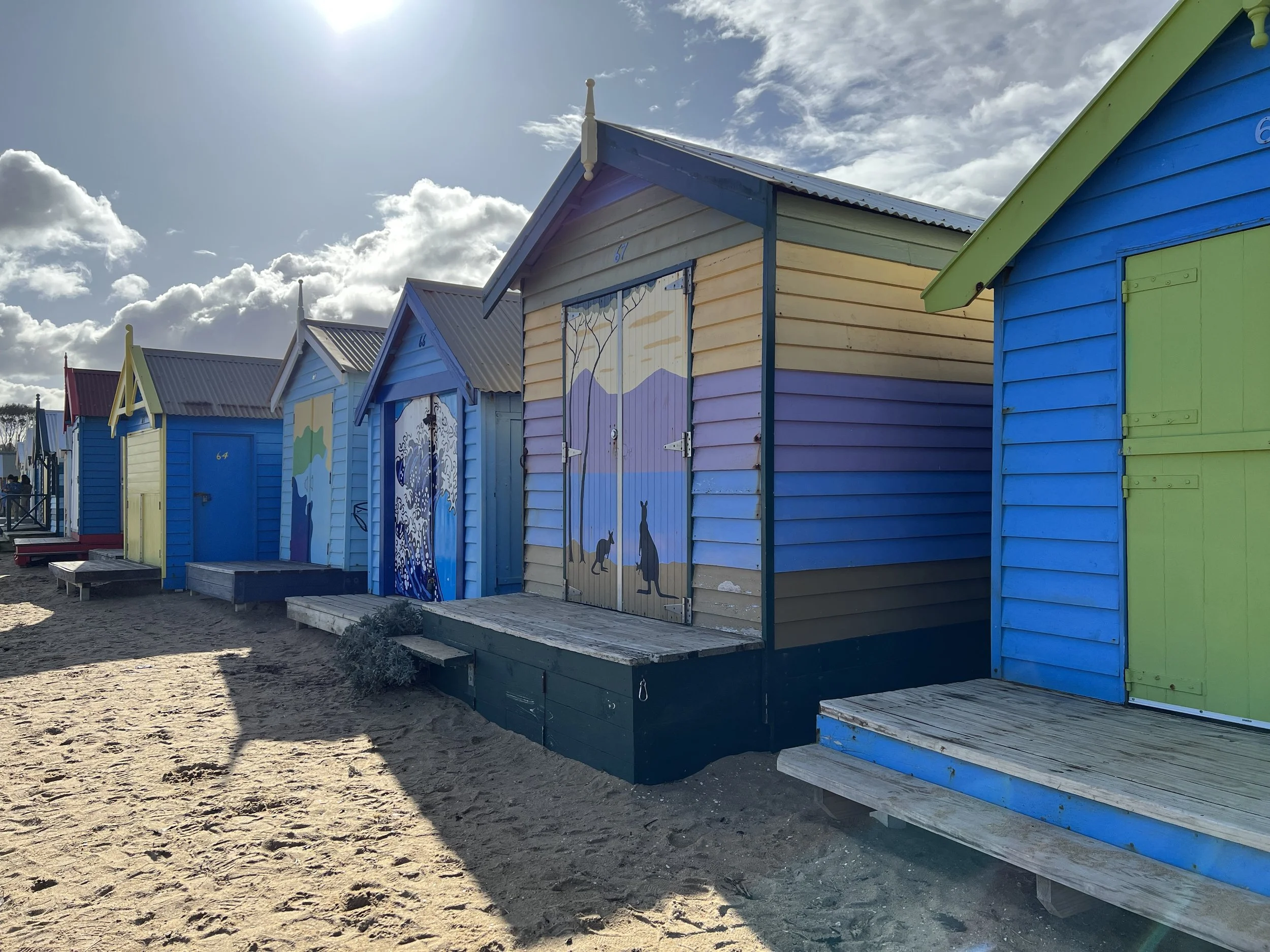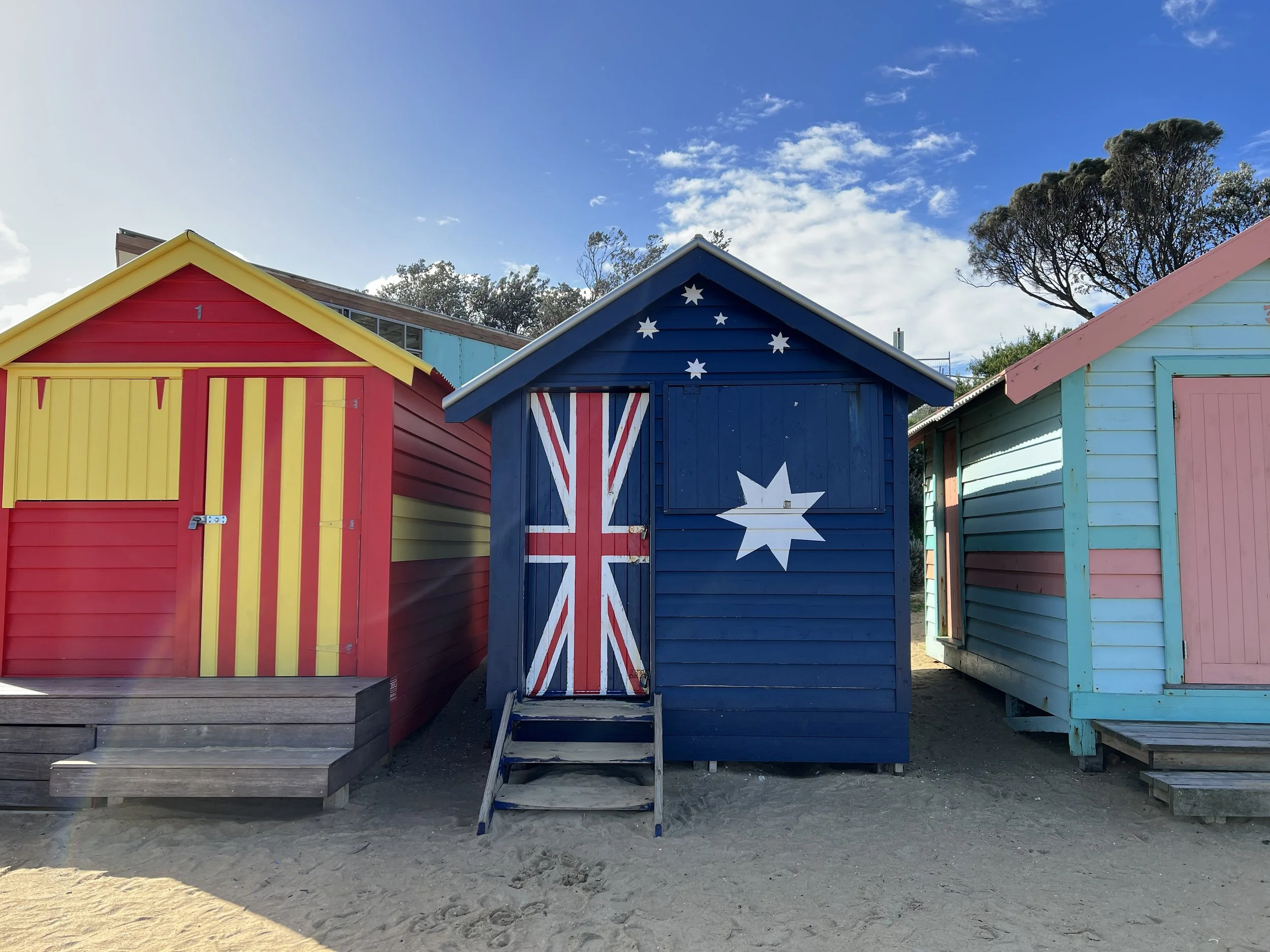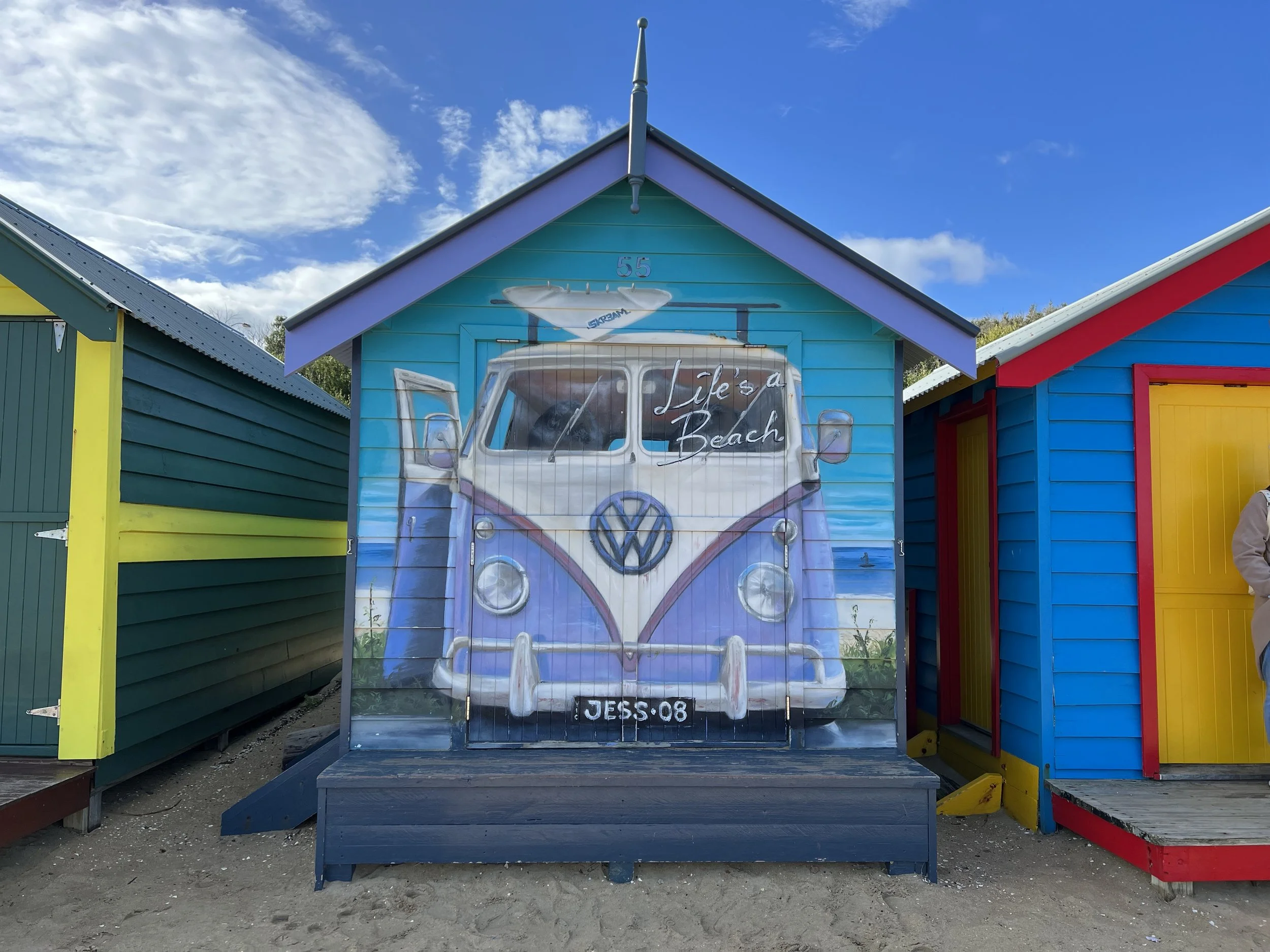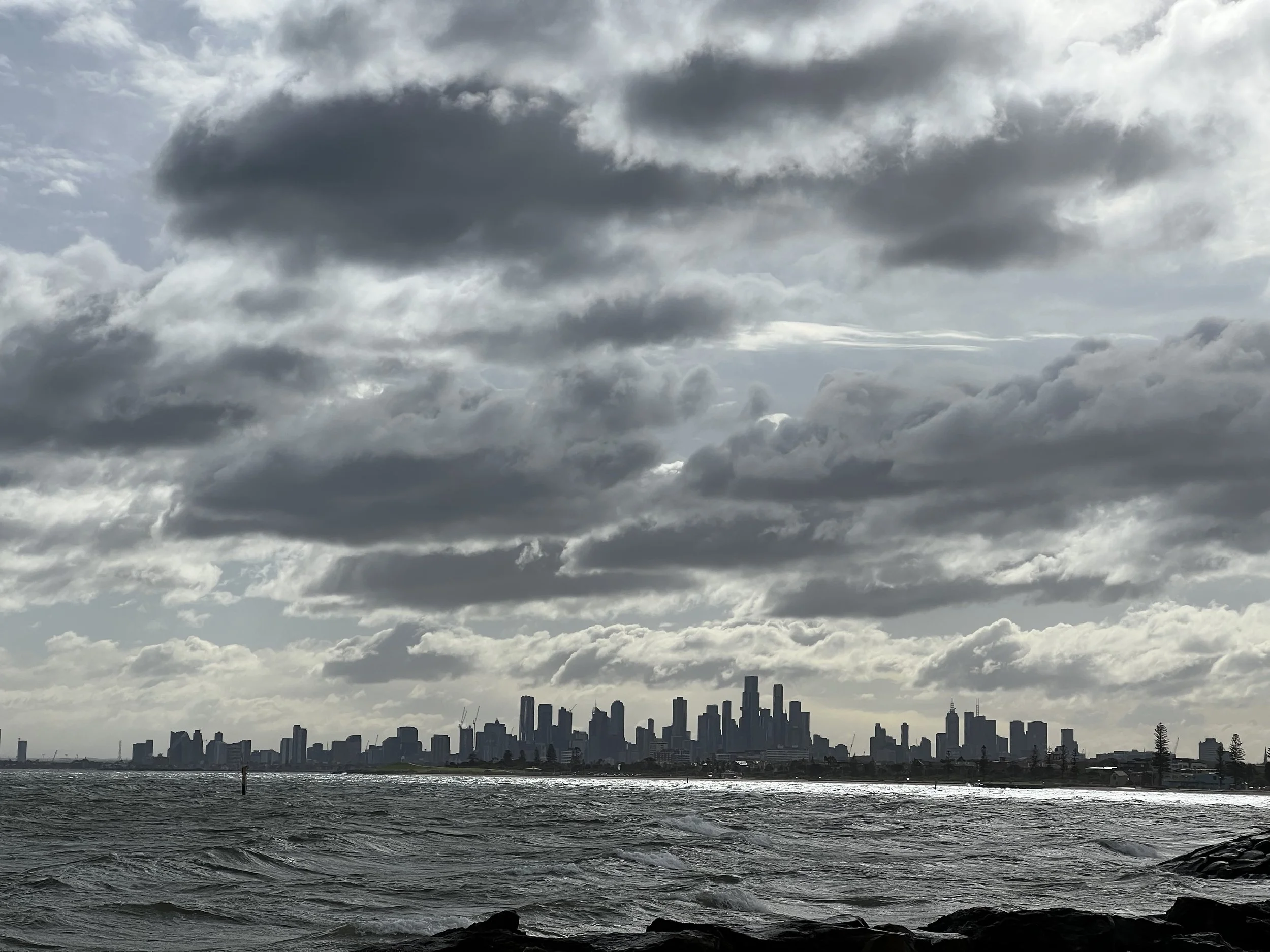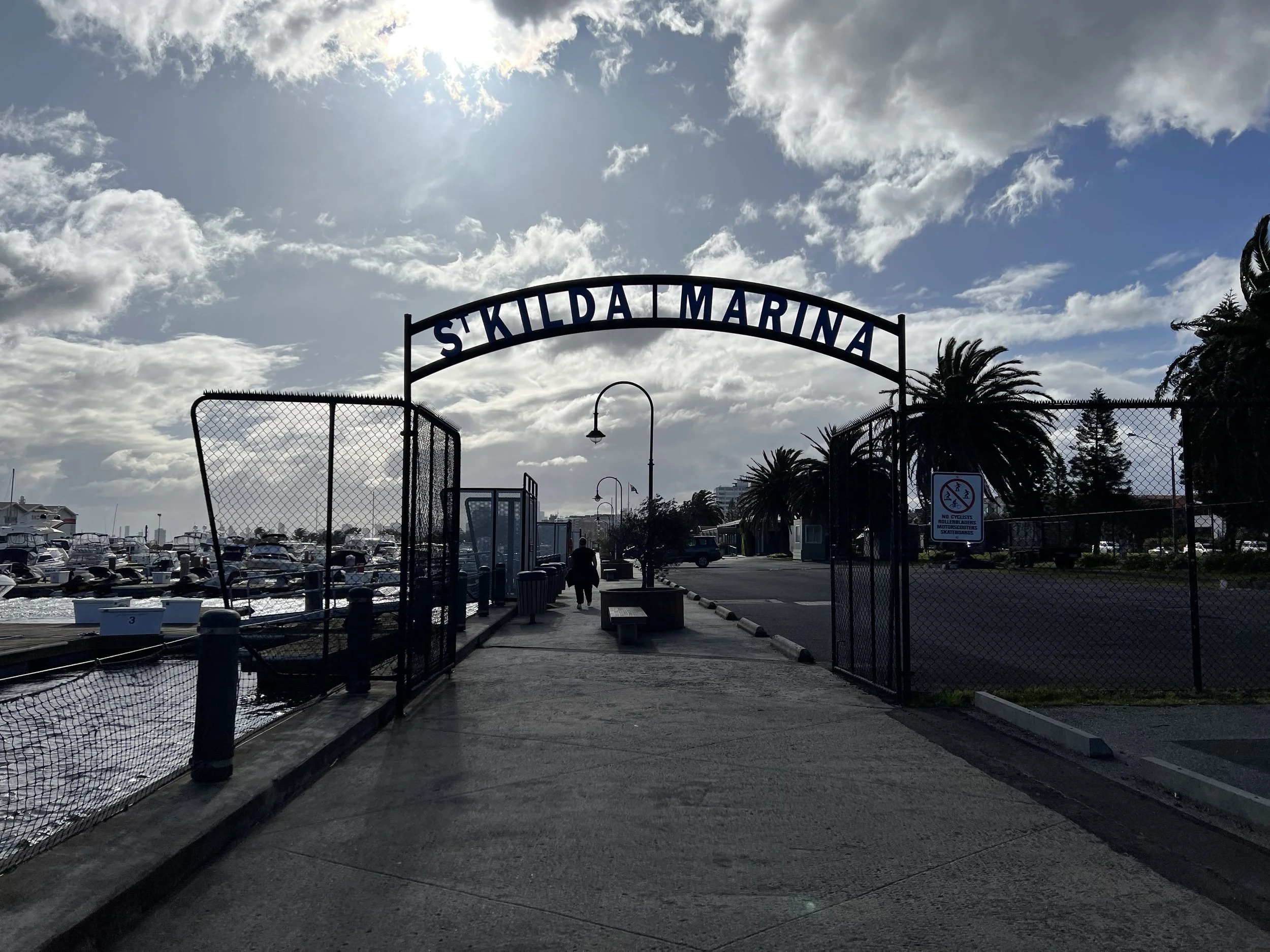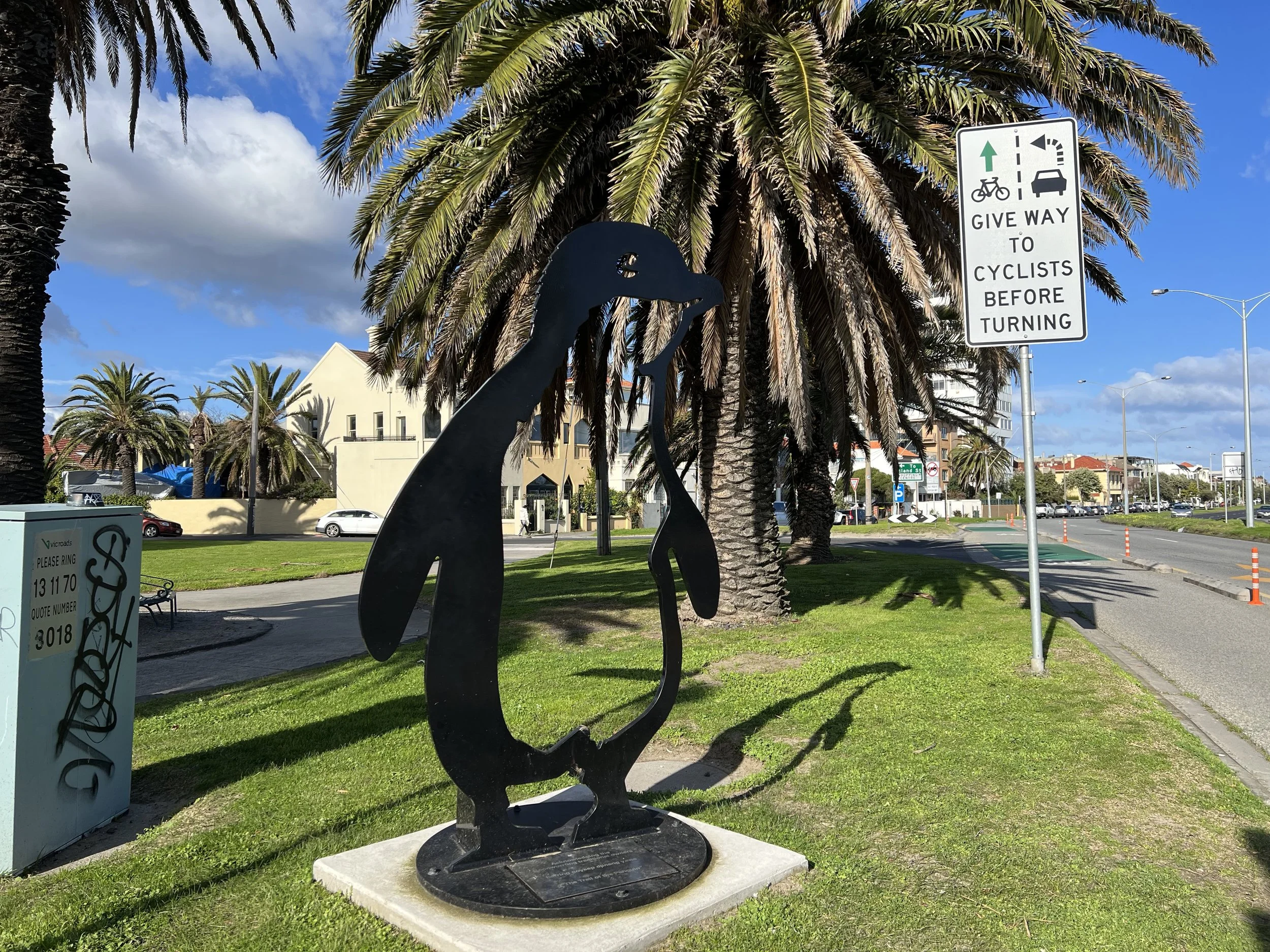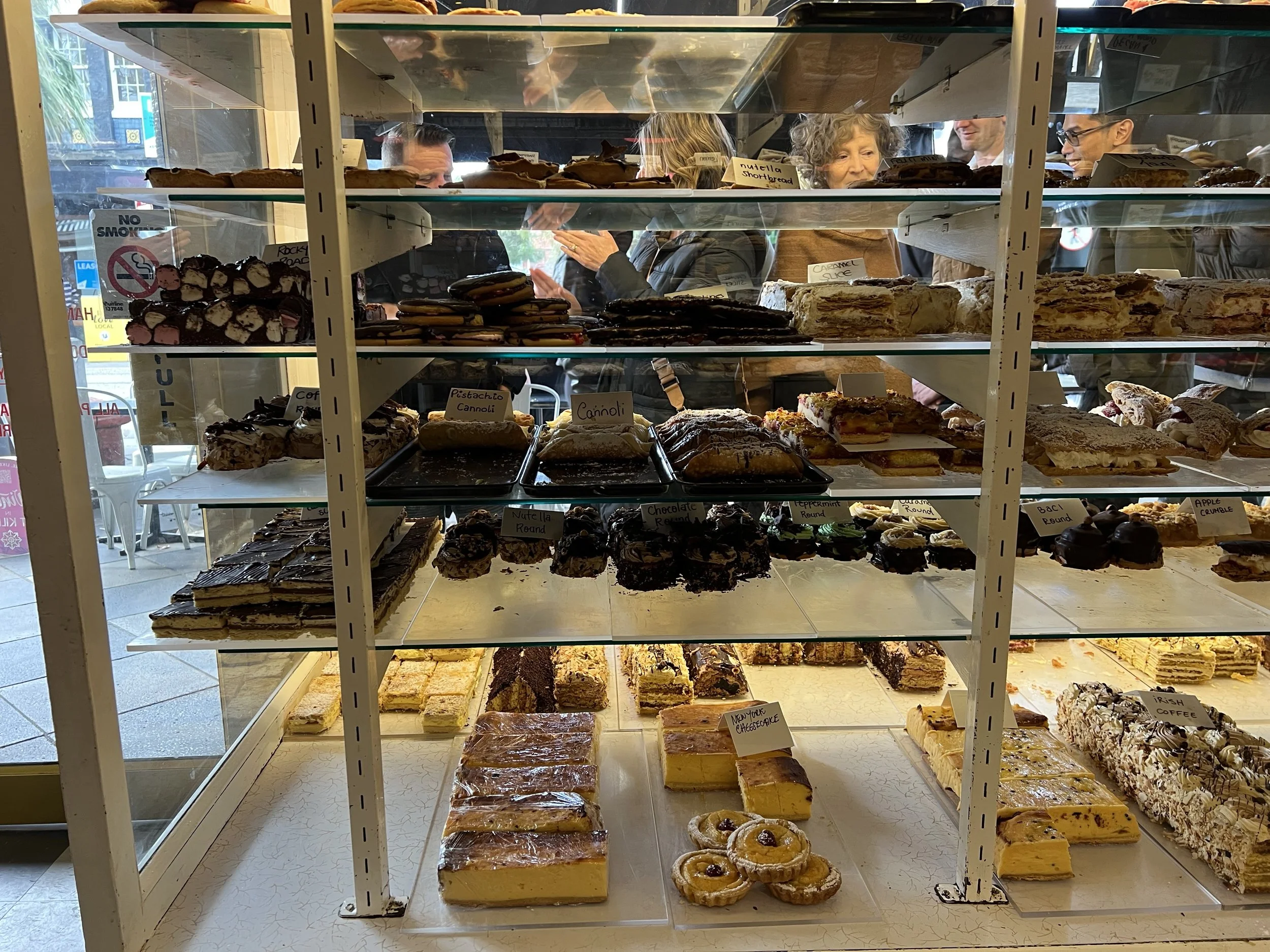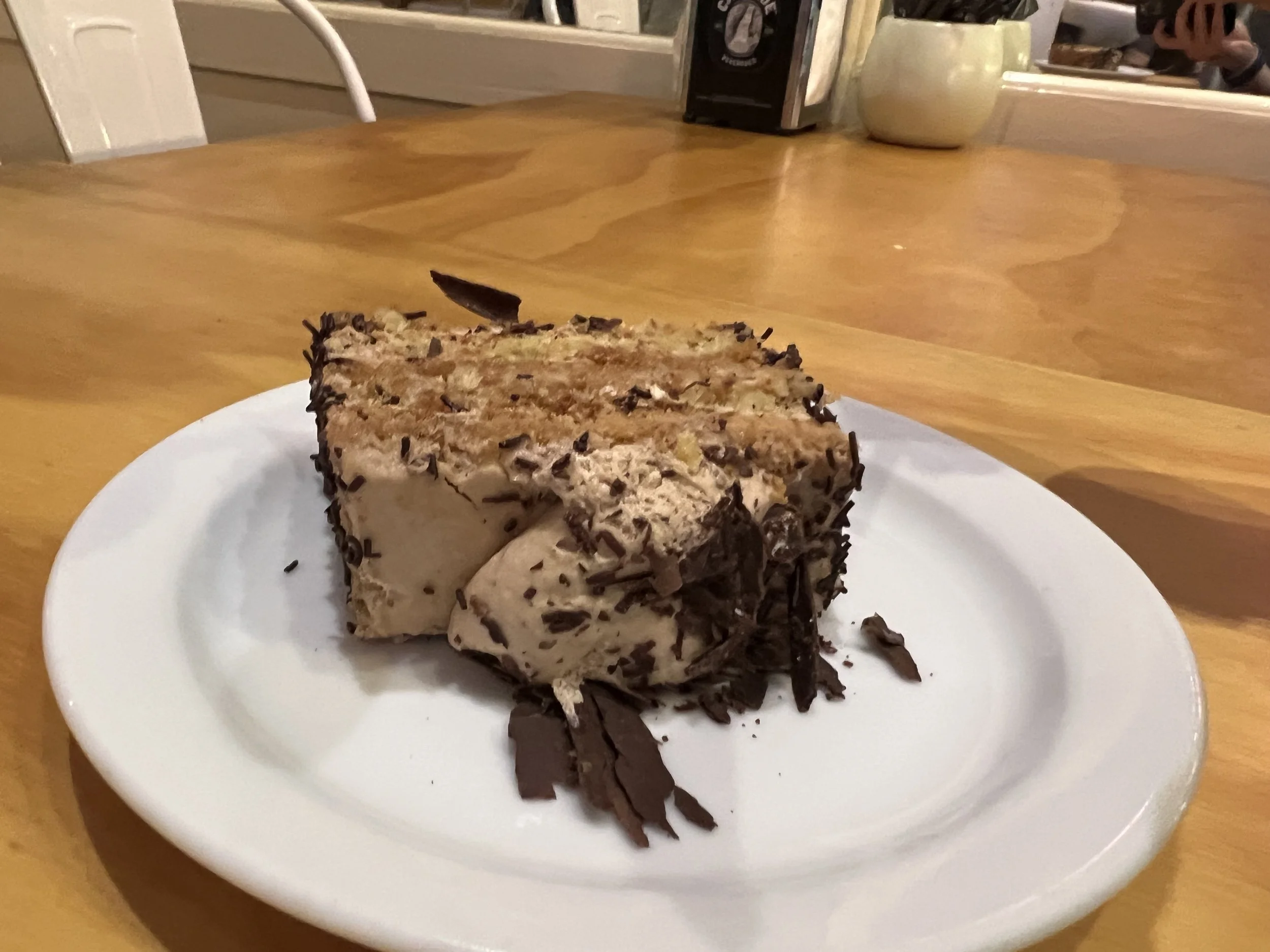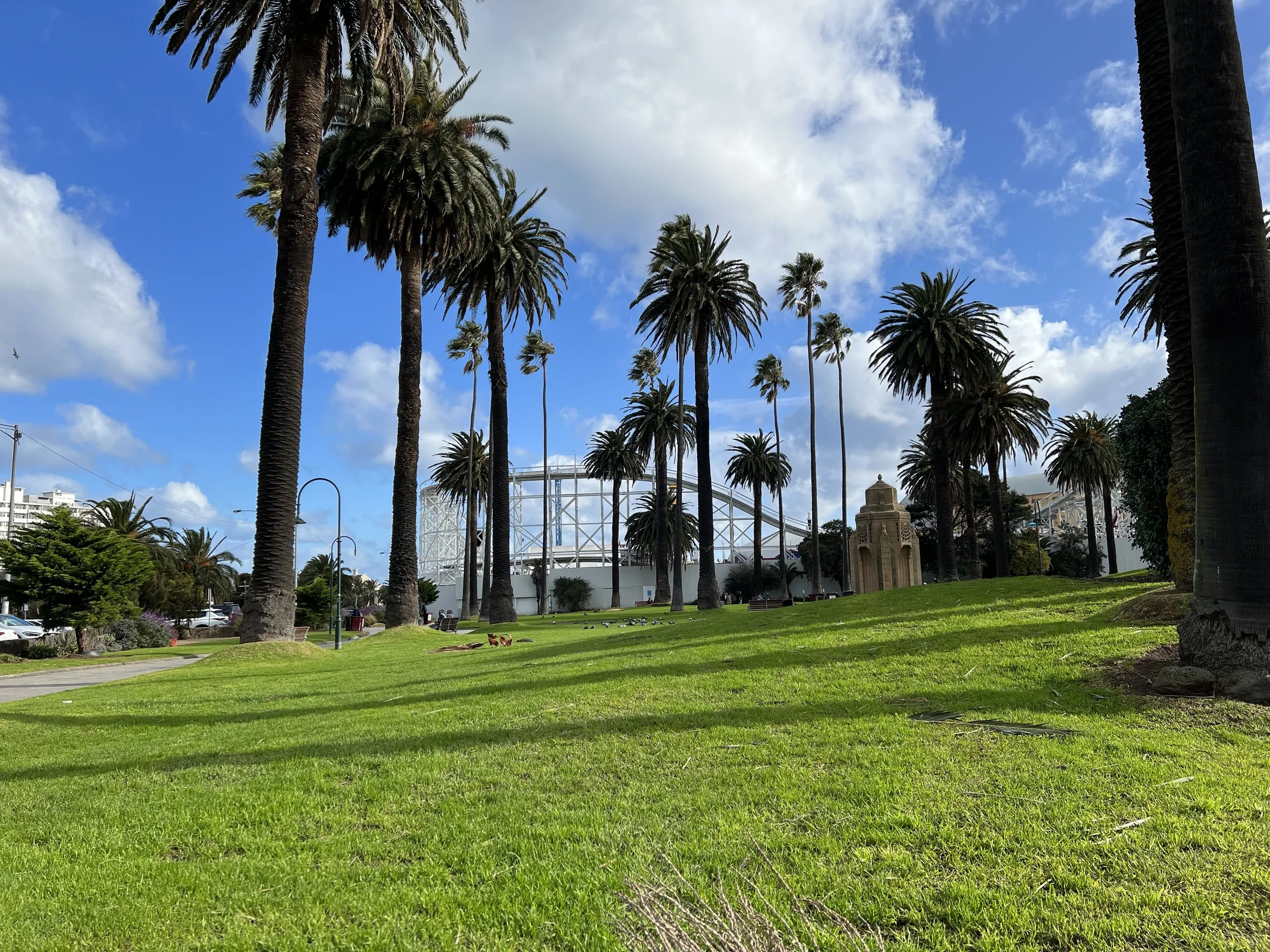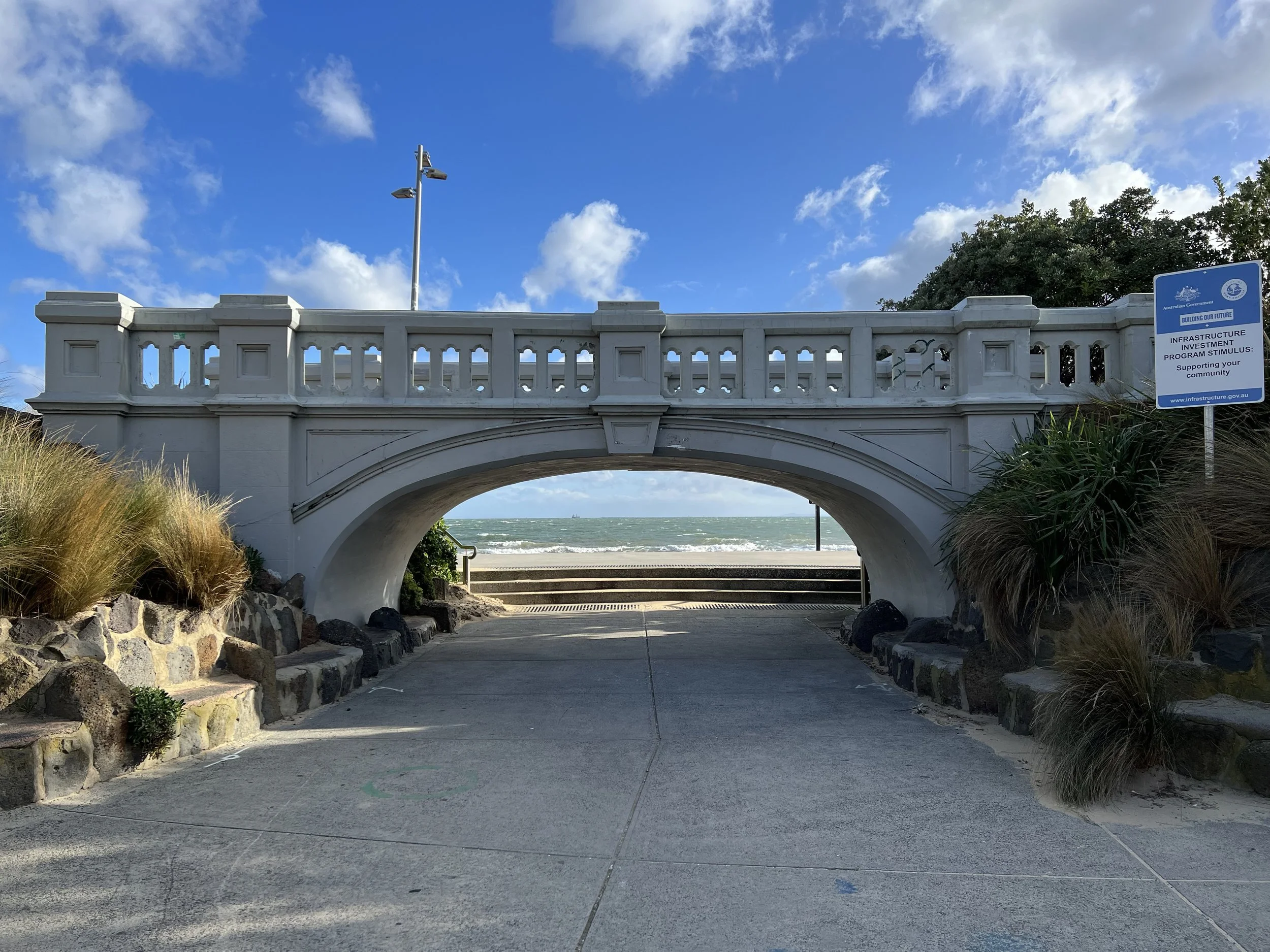Brighton Beach - Victoria, Australia
Brighton Beach is one of Melbourne’s most beloved coastal destinations, widely recognized for its iconic row of brightly painted, heritage-protected bathing boxes. My friend and I planned a relaxed day trip from the Melbourne CBD to see them in person—an outing that turned out to be a blend of coastal scenery, local history, and a surprising amount of wind.
We travelled to Brighton Beach via public transport, and from the stop it was only a short walk down to the shoreline. Even from afar, the bathing boxes stood out like a vibrant rainbow set against the muted tones of the sand and sea. The weather, however, wasn’t on our side. Dark rain clouds gathered in the distance and the wind was relentless, sweeping across the bay with enough force to make the palm trees sway. The upside to this was the lack of crowds; aside from a few stubborn beach walkers, we had most of the shoreline to ourselves.
As we walked along the row of bathing boxes, each structure revealed its own charm. Some sported minimalist stripes, others featured intricate designs or nods to Australian culture, and a handful felt almost whimsical. I had the urge to photograph every single one of them—an impossible mission, but I still ended up with a large collection of photos. Having the beach so empty made it easy to take my time, play with angles, and appreciate details without feeling rushed.
My friend explained that these bathing boxes, though tiny and completely without amenities (no electricity, no plumbing—not even windows in some cases), are incredibly valuable. Their prices can soar into the hundreds of thousands of dollars. At first, I couldn’t quite believe it, but then learned that their heritage protection, strict design rules, and the fact that no new ones are being built have turned them into rare, high-demand assets. Their worth lies not in utility but in exclusivity, tradition, and prime beachfront positioning. It’s usually passed down within the family.
We continued walking along the coastline, eventually joining the trail that runs parallel to the beach. At one point, the headwind was so strong that we genuinely struggled to walk forward—an unintentionally comedic moment of leaning into the gusts while trying to stay upright. Gradually, the path led us north toward St Kilda.
St Kilda has a very different feel from Brighton. Known for its eclectic mix of residents, restaurants, and historical attractions like Luna Park and the Palais Theatre, it usually buzzes with activity. But on this particular day, the weather had kept people indoors. Many shops were closed, and the area felt strangely quiet. We grabbed some potato cakes from a nearby vendor and sat on the beach to enjoy them—a simple but satisfying snack as we watched the waves roll in under a brooding sky.
Later, we explored around Luna Park and the Palais Theatre, both iconic but subdued in the off-season atmosphere. Despite the odd mix of strong winds, eerie quietness, and scattered rain, the day felt memorable in its own way. The combination of colourful heritage architecture, dramatic coastal weather, and the casual wander into St Kilda made for a pleasant blend of nature and urban exploration.
History & Background
Brighton Beach has long been one of Melbourne’s premier coastal destinations, but its fame is tied closely to the heritage-listed Brighton Bathing Boxes. These timber structures date back to the late 19th century, originally built as modest changing huts that allowed beachgoers to preserve modesty while visiting the shore. Their traditional design has remained largely unchanged: simple wooden frames, corrugated roofs, and no amenities—no running water, electricity, or modern fittings. What makes them extraordinary is their historical significance and rarity.
The boxes are protected under strict heritage regulations, which preserve their original form and prevent the construction of new ones. As a result, the existing boxes have become highly coveted, with ownership limited and prices rising into the hundreds of thousands of dollars. Each box is privately owned, but their uniform shape paired with individually painted facades gives the row its unique charm. Over time, the bathing boxes have become cultural icons, appearing in travel guides, postcards, and tourism campaigns representing the broader Melbourne coastline.
Beyond the boxes, Brighton Beach itself is part of Port Phillip Bay and has long attracted swimmers, walkers, and families. Its wide sandy shoreline, relatively gentle waves, and proximity to the city make it a popular escape for both locals and visitors.
Getting There
Getting to Brighton Beach from the Melbourne CBD is simple and accessible by public transit. The most direct option is taking the Sandringham Line from Flinders Street Station, which brings you to Brighton Beach Station in about twenty minutes. From there, it’s only a short five- to seven-minute walk to reach the bathing boxes along the waterfront. Travellers who prefer a more scenic route can take Tram 96 toward St Kilda and transfer to a connecting bus that continues down the bay toward Brighton, though this option takes closer to an hour depending on traffic and wait times. Driving is also convenient, with the journey taking roughly twenty to twenty-five minutes from the CBD, though parking near the beach can be limited during weekends and warmer months. Regardless of how you choose to travel, the route along Port Phillip Bay is easy to navigate and well-connected, making Brighton Beach an effortless day trip from central Melbourne.
Route Overview
Distance: 10.94 km out & back (Brighton Beach → St Kilda)
Total elevation gain: 141 m
Duration: 2 hr 18 min (with breaks 3 hr 24 min)
Difficulty: Easy
Cost Breakdown
Tram: Spencer St/Bourke St Station → Alfred Square Station — AU$6
Food: AU$85.43
